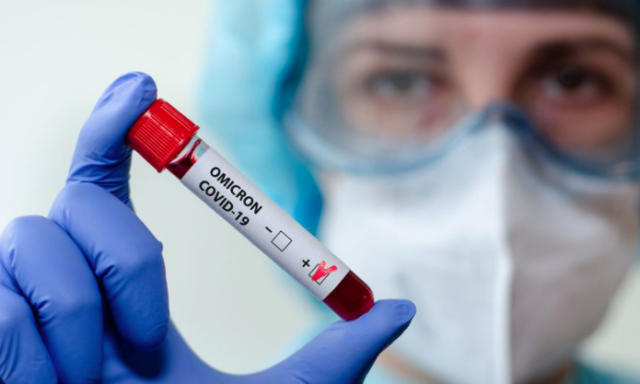Omicron symptoms: how to distinguish infection with a new strain of coronavirus

Not so long ago, the world was faced with a new strain of coronavirus, which was named “Omicron”. It was first recorded in South Africa, but now it has been identified in more than 70 countries around the world.
According to preliminary information, Omicron can surpass Delta in spreading speed, since one patient can infect 3-3.5 people versus 0.8 in Delta. At the moment, scientists are only getting all the necessary data about the new strain, so they cannot give any accurate predictions. However, virologists suggest that Omicron could have a significant impact on the course of the pandemic as a whole and, perhaps, even stop it.
Symptoms of “Omicron”
The symptoms of the new Covid19 strain are still being studied, but we can definitely say that they are different from the symptoms of the previous strains. For example, the sense of smell of the majority of those infected with Omicron does not disappear. Unlike “Delta”, the main symptoms of which are aches, headache, runny nose and gastrointestinal disturbances, the symptoms of “Omicron” look something like this:
It is a sore throat that is considered a distinctive symptom of the Omicron strain, it is called a “prickly symptom”. Pain in the lower back, according to doctors, is also characteristic of those infected with the omicron strain.
Studies show that an infected omicron strain is 23% less likely to require hospitalization than an infected “delta”, but it is still impossible to say unequivocally about a milder course of the disease.
Is it possible to get infected with two strains of coronavirus at the same time?
According to representatives of Rospotrebnadzor, infection with two strains of coronavirus is quite possible. Moreover, with simultaneous infection with omicron and delta strains of coronavirus, there is a risk of a more dangerous variety.
At-risk are people with weak immunity. “They can become infected with both strains even with a relatively low viral load and, what is most dangerous, their infection can take a long time,” said Nikolai Kryuchkov, Ph.